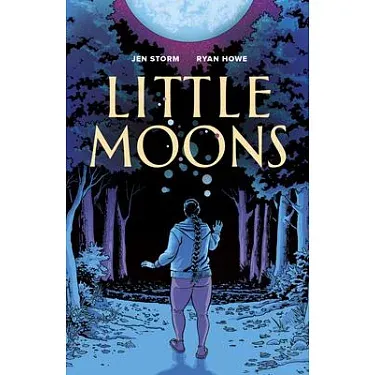Books for Red Dress Day
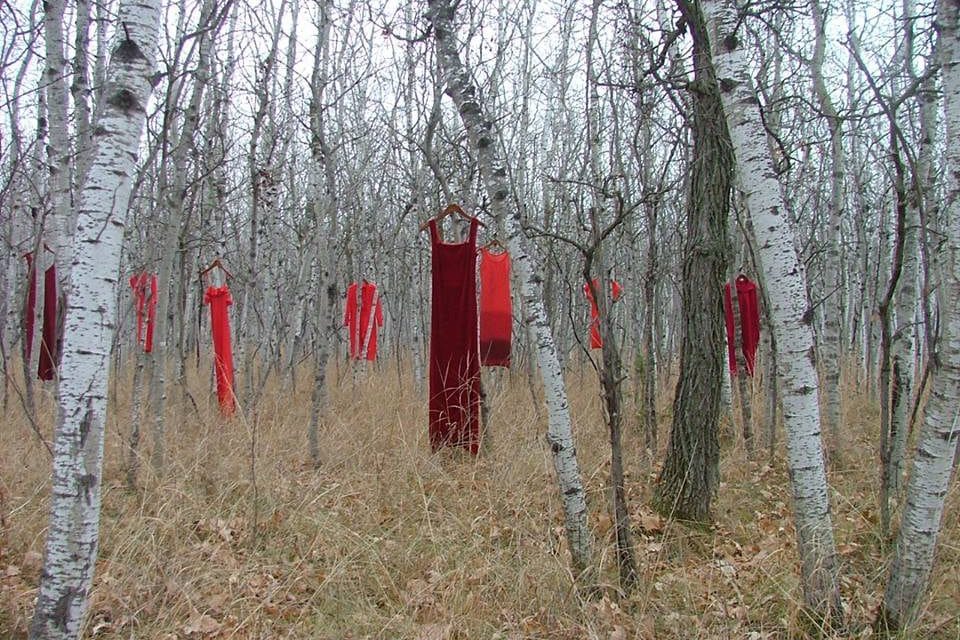
May 5th is Red Dress Day, a day that brings awareness to the issue of Missing and Murdered Indigenous Women, Girls and Two-Spirit People. In Canada, Indigenous women, girls and two-spirit people are more likely to be the victims of violence due to racism and the ongoing effects of colonialism. There has often been a lack of political will to take action on this problem, which Niigaan Sinclair has pointed out is about racism, classism and misogyny.
In 2019, the National Inquiry into Missing and Murdered Indigenous Women and Girls released a report that included 231 Calls for Justice. Of particular note is the Calls for Justice for All Canadians on page 199, which outlines actions all Canadians should take to combat this violence. Many of these items involve learning that should be a regular part of our students' education, such as learning the true history of Canada and Indigenous history and celebrating Indigenous culture. The first Call for Justice on this list is "denounce and speak out against violence against Indigenous women, girls and 2sLGBTQQIA people." For teachers, the first step for this action is to learn about and teach about MMIWG2S.
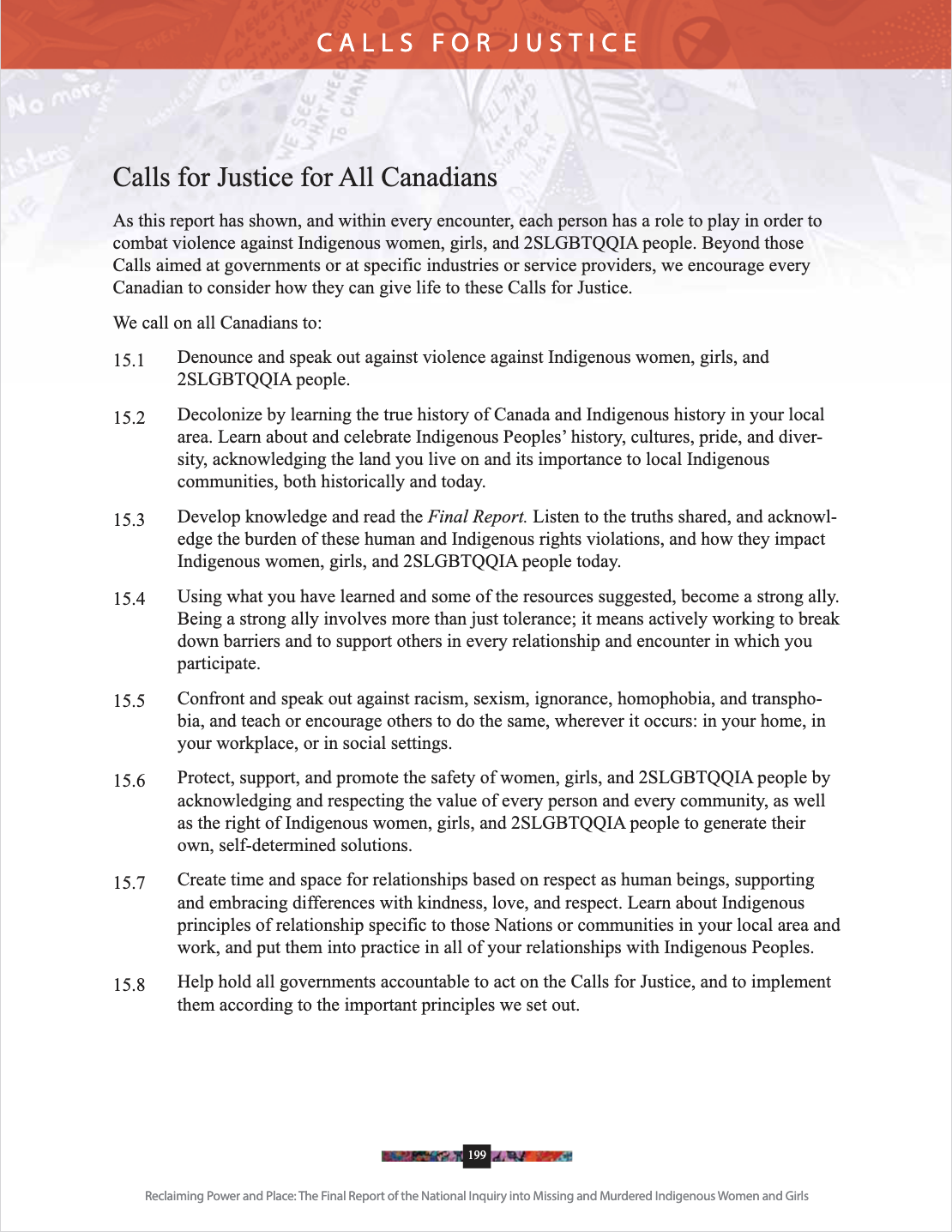
Recently, more resources are being published that can support learning about Red Dress Day and the importance of taking action. REDress: Art, Action, and the Power of Presence is one significant text. The book's title refers to the REDress project started by Métis artist Jaime Black-Morsette, which involved displaying empty red dresses in different locations to remind people of the Indigenous women and girls who have been murdered and the need for justice. Fifteen years since the beginning of this project, Jaime Black-Morsette has edited this book that brings together the voices of Indigenous women, activists, advocates and artists. Through visual art, poetry, and the written word, the book explores the losses that have affected too many families and how art continues to be one means of calling for justice.
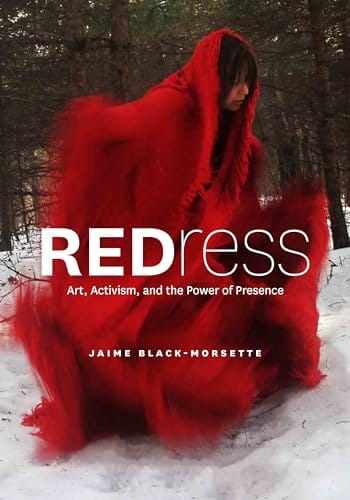
Another recent book that focuses on MMIWG2S is Red Bird Danced, written by Dawn Quigley, a member of the Turtle Mountain Band of Ojibwe in North Dakota. Written as a book in verse, the story focuses on Ariel and Tomah, two Indigenous children living in an urban intertribal housing complex. Ariel has a love of ballet dancing that started with her Auntie Bineshiinh. However, when her aunt goes missing and is later found murdered, Ariel must grieve and find healing through jingle dancing. The story is a beautiful one and I like how the formatting of the poetry demonstrates a combination of grief, distance and memory for the children.
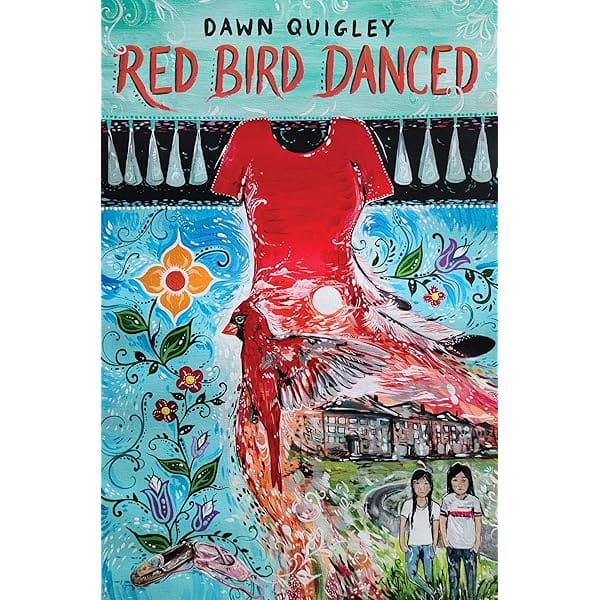
Little Moons is another story that delves into the impact of grief on families of missing Indigenous women and girls. Written by Jen Storm, an Ojibwe writer from Couchiching First Nation in Northwestern Ontario, this graphic novel tells the story of thirteen-year-old Reanna, whose older sister Chelsea goes missing. When the family cannot find answers for this disappearance, it becomes difficult to get closure and the book explores how each family member handles grief in different ways. By examining the journey each family member goes through after Chelsea's disappearance, the book teaches about the impact of MMIWG2S on those who are left behind. Little Moons would also make for an interesting comparison with Surviving the City, which focuses on the dangers settler society poses for Indigenous girls in Winnipeg. All of these stories are important to better understand this epidemic of violence and to call for change.
